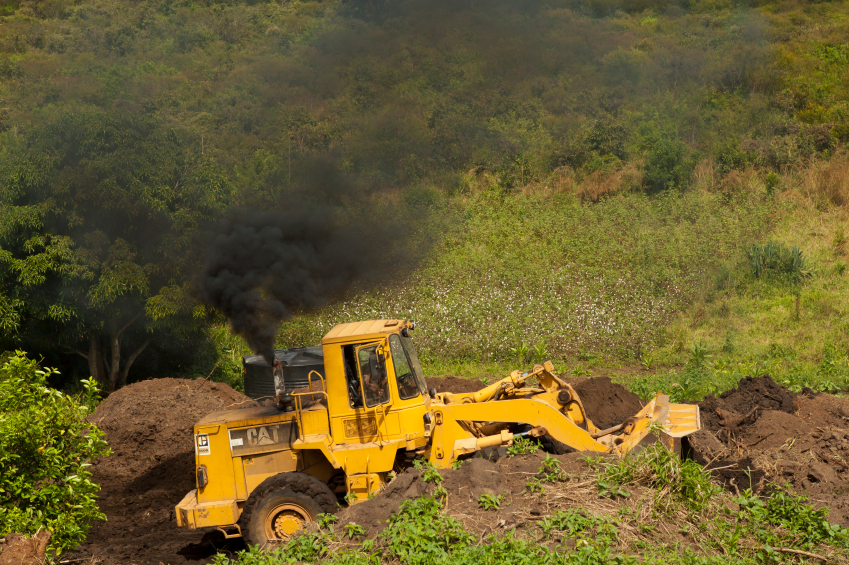
|
Beware of these chemical hazards that may have crept in under your nose!
Exhaust vapors
The gasoline, diesel fuel, and propane used in forklifts and other machinery may arrive in nicely labeled containers, but what about the by-products that are released when you use these chemicals? Carbon monoxide (CO), carcinogenic particulates, and other hazardous materials can enter the workplace as products of combustion—uncontained, unlabeled, and without an SDS.
If your workplace has a loading dock or attached parking garage or uses forklifts or other equipment that runs on an internal combustion engine, exhaust fumes may be infiltrating your workers’ breathing area. CO gas, as well as nanoparticles generated during combustion, can cause respiratory problems and even death for workers.
You can clear the air by:
- Switching to electric engines for indoor use;
- Providing forced-air ventilation to remove contaminants; and
- Making sure that building air intakes are located away from parking garages, loading docks, and other areas where they might pull exhaust fumes into the building.
Flammable vapors
Some flammable chemicals in your workplace may be easy to identify, but others may be less obvious and harder to monitor, or they may slip into the workplace unintended. Watch out for:
- Heavier-than-air vapors. Some flammable chemicals will travel, in gaseous form, along the ground. They may accumulate in pits, ditches, and low-lying areas, where a random spark can ignite them and the flames can travel back to their source. This can happen whenever flammable liquids are used as solvents or cleaning agents when spills or leaks occur. Because these vapors are low-lying, they may go undetected by monitoring equipment and by people standing nearby. Whenever flammable liquids or gases are used, check their molecular weight (you should be able to find this information on the SDS). Any gas with a molecular weight greater than 29 is likely to be heavier than air and may migrate along the ground.
- Lighter-than-air gases. Flammable gases that are lighter than air may collect in roof spaces or enclosed areas above where they were released. If they accumulate in flammable concentrations, a spark can be disastrous.
- Migrating vapors. Because these vapors, especially those that are heavier than air, can migrate from one area to another, make sure you’re aware both of potential movement of flammable chemicals within your facility and also of flammable chemicals stored on adjacent property where a leak or spill could create a hazard on your site.
Tomorrow, we’ll look at four more hazardous chemical exposures that don’t come with warning labels or SDSs.
